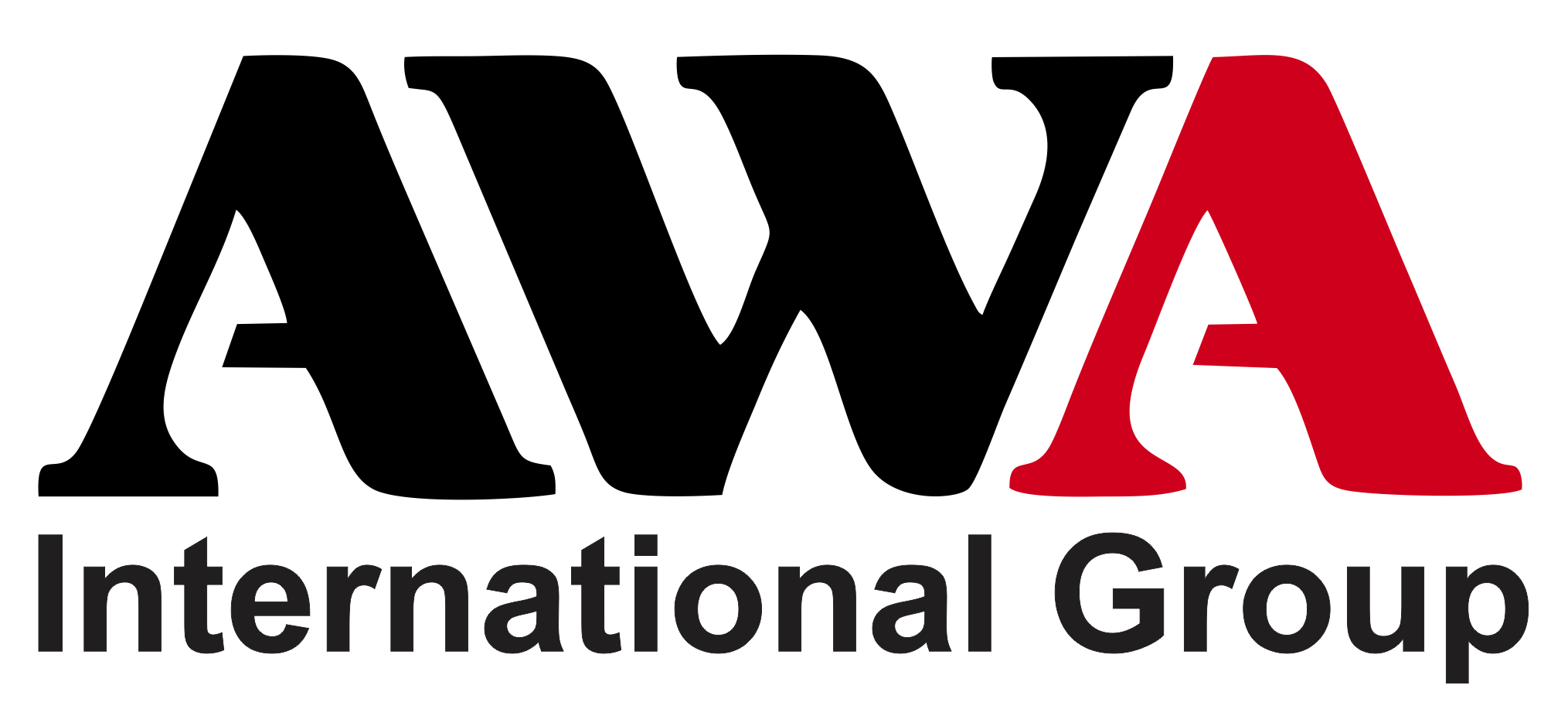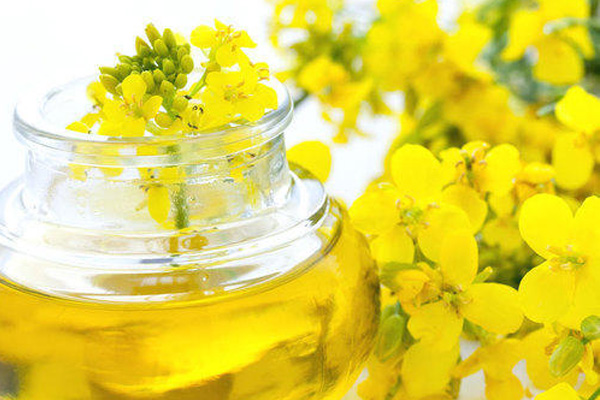
CORN as a major source of starch is used as feed grains. There are varieties of Yellow Maize that are used as a feed or non-feed (paint, cosmetics and...) and is a standard component of livestock diets.
The energy resource of corn is so high that other grain are typically compared with it for estimating their nutritional value...






